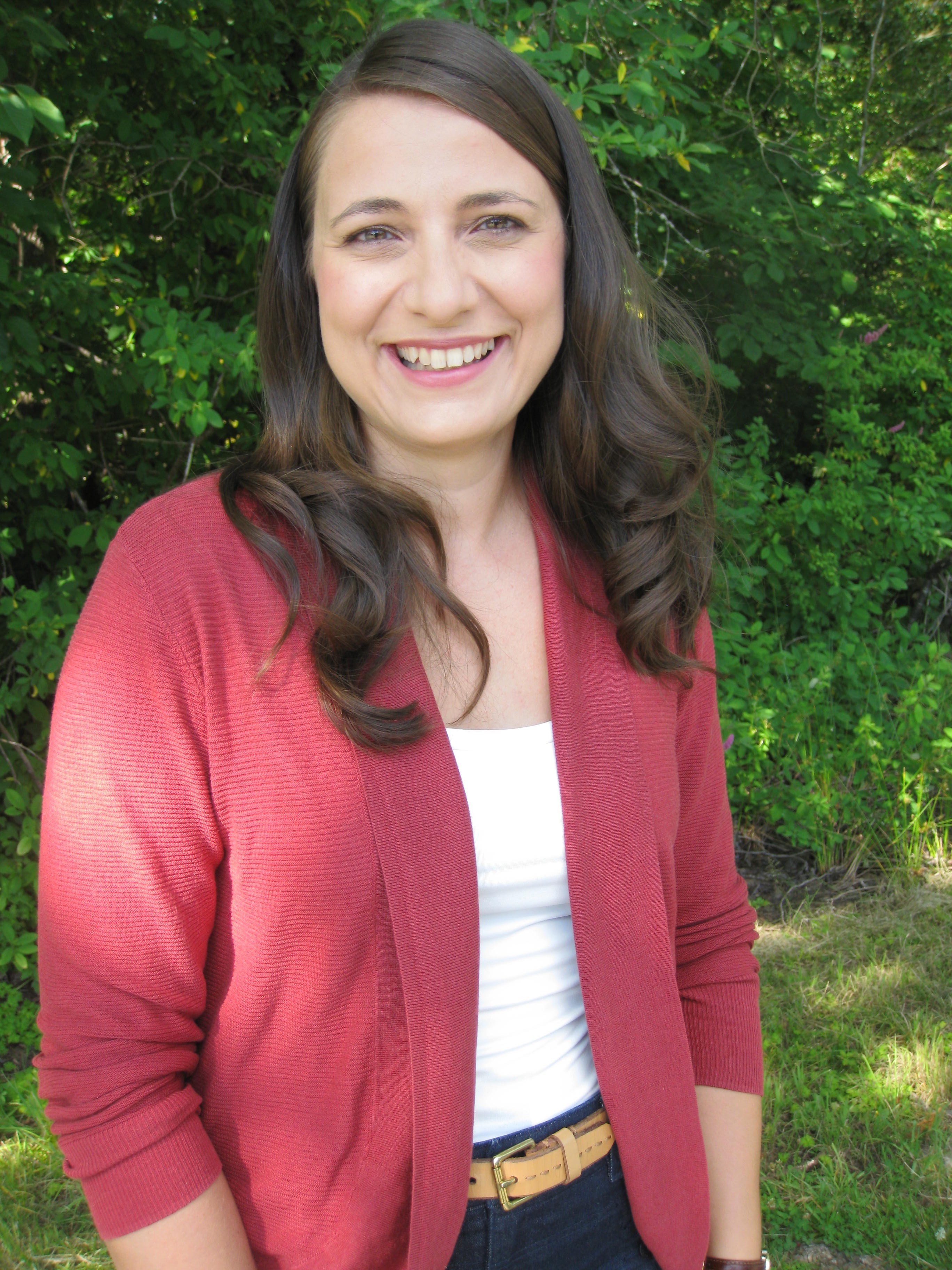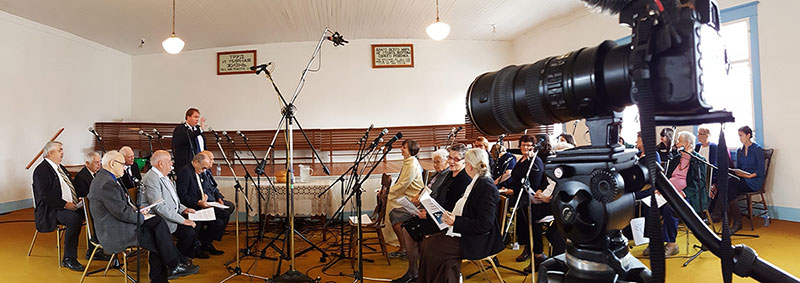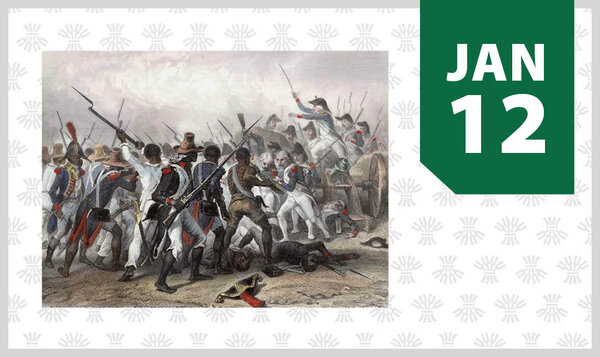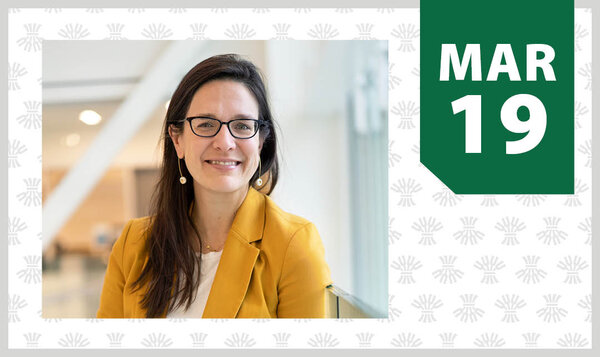
USask professor helps preserve history of Saskatchewan’s Doukhobors
A new historical exhibit, multimedia installation and documentary film will open on June 29
By Shannon Boklaschuk
A unique collaborative project involving a University of Saskatchewan (USask) professor is highlighting the traditions of Saskatchewan’s Doukhobor community.
On June 29, a new historical exhibit and multimedia installation will open at Saskatoon’s Western Development Museum (WDM) as part of the Saskatchewan Doukhobor Living Book Project, an initiative aimed at preserving the oral history and spiritual traditions of the province’s Doukhobors.
Dr. Ashleigh Androsoff (PhD), a history professor in USask’s College of Arts and Science, noted that 2019 marks 120 years since nearly 8,000 Russian Doukhobors arrived in what would become Saskatchewan.
Androsoff worked on the immersive audio-visual project with her third cousin, Ryan Androsoff, a direct descendent of Saskatchewan’s original Doukhobor settlers and the founder and executive director of the non-profit organization Spirit Wrestler Productions. Ryan Androsoff approached Ashleigh Androsoff, a Doukhobor historian and western Canadian history specialist, with the concern that the Doukhobor prayer service, called Moleniye, was dwindling.
“He was concerned in a year, or two years or three years, there would be too few people to actually maintain the practice,” said Ashleigh Androsoff. “So he had a vision to engage in a project that would endeavour to document what Saskatchewan Doukhobors do at a regular prayer service in the 21st century and to preserve it for future generations.”

What resulted was a documentary film, a soundscape installation and a museum exhibit that will provide audiences with the opportunity to learn more about Saskatchewan’s Independent Doukhobors and the contributions they have made to the province’s agricultural and cultural sectors.
One of the major components of the project was collecting the oral history of the Doukhobors in Saskatchewan. About 30 interviews were conducted with a variety of participants ranging in age from eight to 94 years old. The premiere of the documentary film, We’ve Concluded Our Assembly: The Saskatchewan Doukhobors, will take place at the Broadway Theatre at 2 pm on June 29.
Another major component of the project involved telling the story of how Doukhobors in Saskatchewan practice their faith. As a result, their prayer service was recorded using 32 microphones—one for each voice, as well as four multi-directional microphones.
“Part of what Doukhobors do at a prayer service is they sing their hymns in a particular musical tradition that involves a multi-part harmony. They don’t use musical instruments; they just have this multi-part harmony,” said Androsoff.
“It’s a very unique sound that they produce when they’re singing. So the idea of having each distinct voice represented by a speaker in an installation would provide people who aren’t familiar with the Doukhobors’ hymnal tradition with a way of understanding how the sound is constructed.”
The exhibit at the WDM will feature artifacts from the museum’s collection, some of which date back to the 1890s. Androsoff worked on the exhibit with Dr. Elizabeth Scott, the museum’s curator and a USask alumnus who earned her PhD in history in 2014.
Androsoff said the exhibit commemorates the 120-year anniversary of the arrival of the Doukhobors in Saskatchewan. She noted the Doukhobor settlers had a unique approach to cultural harmonization that enabled them to integrate socially, economically and politically while still retaining key features of their religious beliefs and cultural practices.
“The Doukhobors are actually a very useful case study for Canadian history,” said Androsoff. “They’re very interesting in their own right—they’ve had a very storied history in Canada and in Russia—but they’re also really useful for us to study to gain insight into how Canada has treated ethnic and religious minorities over the 20th and 21st century.”
The historical exhibit and multimedia soundscape will remain open at the WDM until Oct. 20, 2019.


